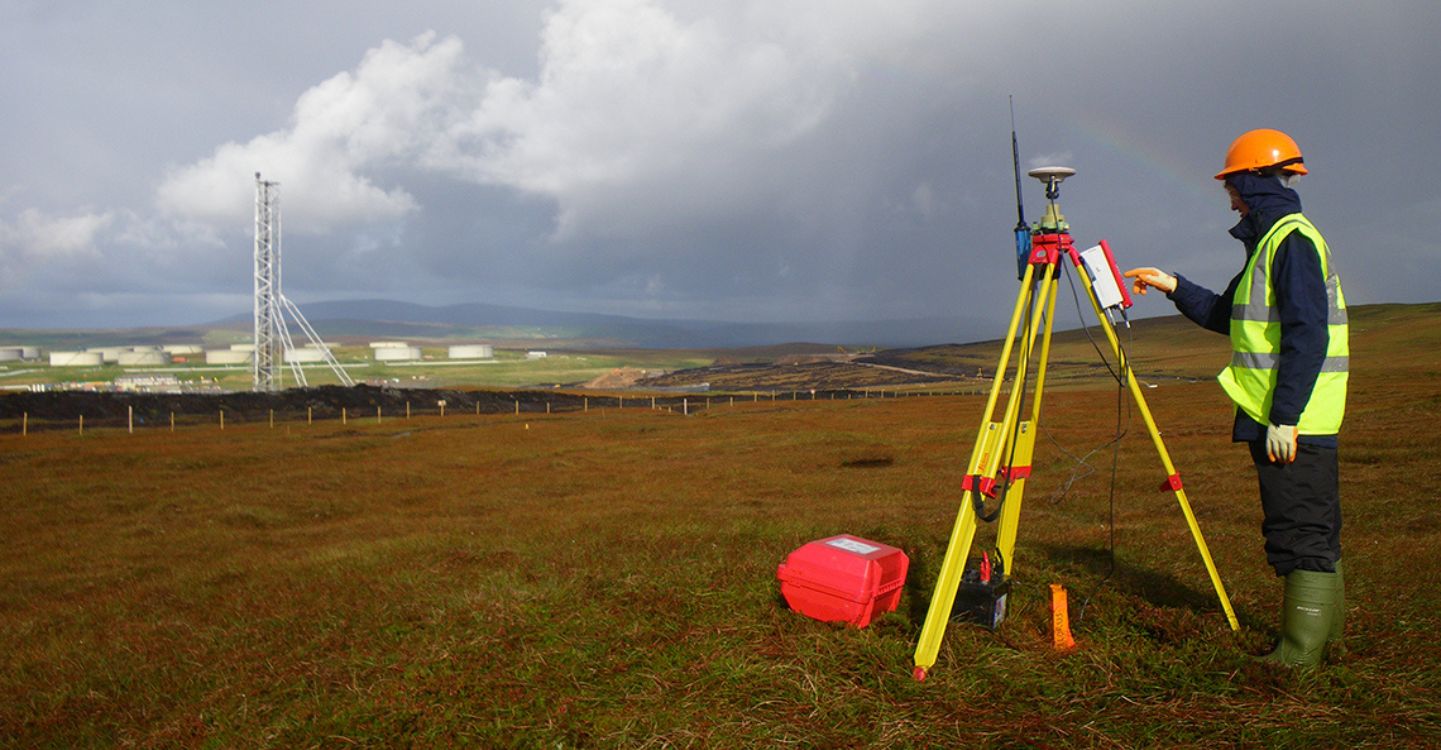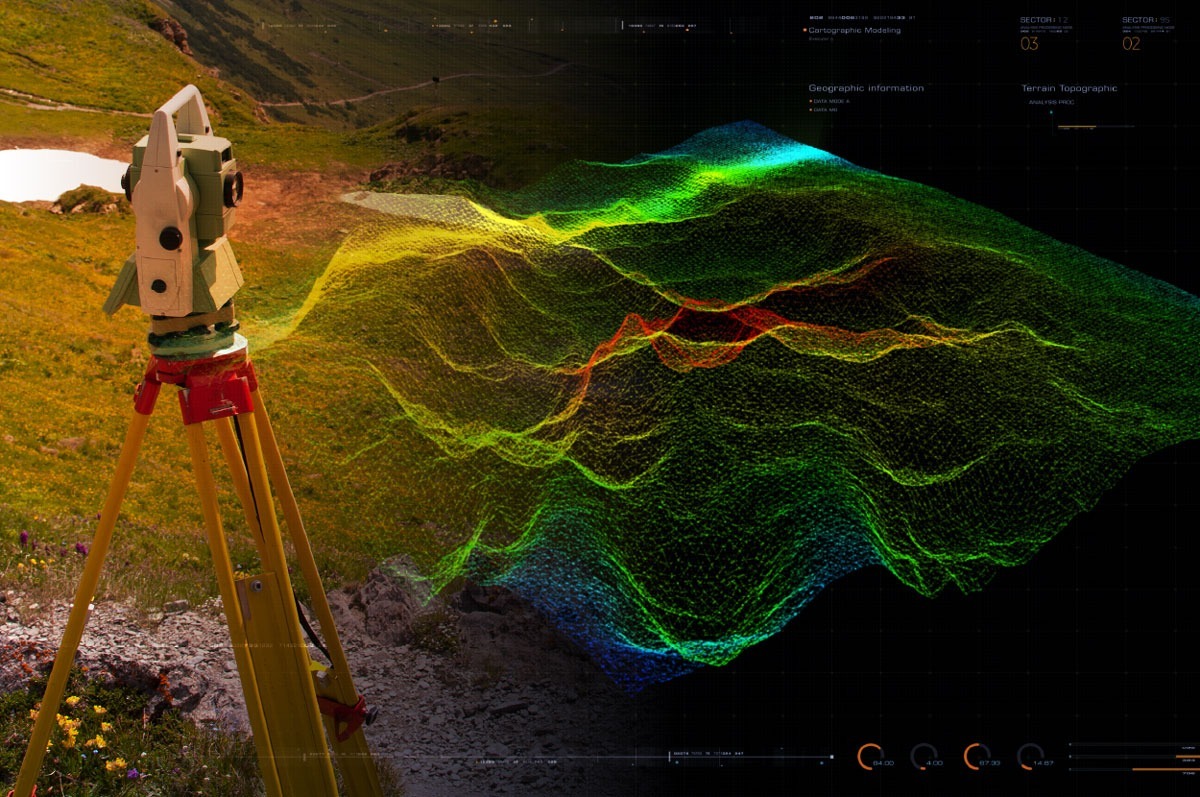How Measured Building Surveying Affects Building Design and Construction
How Measured Building Surveying Affects Building Design and Construction
Blog Article
Vital Devices and Methods in Establishing Out Design
The discipline of setting out engineering depends greatly on a suite of crucial devices and techniques that underpin the accuracy and performance of project implementation. Instruments such as property surveyor's levels, total terminals, and progressed GPS modern technology are indispensable for developing exact reference points. The assimilation of standard methods with modern methods, consisting of geospatial evaluation and 3D modeling, offers substantial advantages in picturing website conditions. Recognizing exactly how these components engage is critical for minimizing mistakes and boosting project end results, yet the nuances of their application commonly continue to be neglected. What implications does this hold for future engineering techniques?
The Relevance of Accurate Measurements

The value of accurate dimensions extends past plain compliance; they are integral to the general efficiency of design processes. Errors can lead to worldly waste, project hold-ups, and increased labor expenses, inevitably affecting the task's profits. Additionally, specific measurements improve the quality of the final product, making certain that it carries out as planned and meets the expectations of stakeholders - setting out engineering.
Additionally, the relevance of precise dimensions appears in various engineering disciplines, consisting of civil, mechanical, and electric design. Each area requires an unique method to measurement, yet the underlying requirement for precision stays continuous. As jobs end up being significantly complex, the reliance on accurate dimensions will just increase, underscoring the requirement for continuous innovations in measurement methods and innovations. Thus, promoting a society that prioritizes accuracy is important for the future of engineering.
Essential Devices for Laying Out
Establishing out, a vital phase in the design and construction process, counts heavily on particular tools that make certain precise area and positioning of structures. Among these tools, the land surveyor's level attracts attention, giving precise straight dimensions necessary for establishing reference points. This tool makes it possible for engineers to figure out altitude modifications and keep uniformity across the task site.
The overall terminal is an additional crucial tool, integrating digital range dimension with angular measurement abilities. This modern technology enhances effectiveness and accuracy in recording spatial data, enabling efficient website design and preparation.
Additionally, making use of gauging tapes and noting devices, such as chalk lines or risks, is basic for temporarily marking boundaries and crucial points on the site. These standard tools, though basic, are crucial for making sure clear interaction among the building and construction group pertaining to task specifications.
Finally, general practitioner technology has gained traction in laying out processes, supplying real-time placing data and substantially boosting precision over typical approaches. Jointly, these essential tools form the backbone of reliable laying out methods, eventually adding to the successful implementation of design and building and construction tasks.
Advanced Checking Methods
Advanced checking strategies play a pivotal role in boosting the accuracy and efficiency of engineering projects. These strategies include a series of methodologies that provide accurate data for layout and construction. Standard techniques, such as leveling and triangulation, have actually evolved right into much more sophisticated techniques, including this content Overall Station surveys and International Navigation Satellite Equipment (GNSS)
Overall Station devices incorporate electronic theodolites with distance dimension abilities, allowing land surveyors to gather exact place information with wonderful speed. This technology substantially decreases mistakes related to hand-operated measurements and gives real-time data handling. Additionally, GNSS supplies unequaled accuracy for large projects by using satellite signals to determine exact positioning, which is crucial for lining up frameworks and guaranteeing compliance with layout specifications.
Along with these devices, progressed techniques also integrate geospatial analysis and 3D modeling. These approaches enable engineers to imagine terrain and site conditions better, facilitating far better decision-making during the planning phase. By utilizing these sophisticated evaluating methods, engineering jobs can attain better precision in layout, decrease rework, and ultimately enhance overall project success.
Digital Modern Technology in Engineering
The integration of digital technology has changed design techniques, boosting both performance and precision throughout different self-controls. Tools such as Building Info Modeling (BIM) help with the visualization and management of complex jobs, permitting engineers to work together effortlessly and make notified decisions. This modern technology makes it possible for click for more info the development of comprehensive 3D designs, which can be evaluated for architectural integrity and efficiency before building begins.

The application of synthetic knowledge and equipment knowing in design processes better improves anticipating maintenance and optimization of sources. Generally, digital technology is reshaping the engineering landscape, driving advancement, and making certain that tasks are finished with higher efficiency and minimized threat.
Best Practices for Application
When applying digital modern technology in engineering, it is important to develop a strategic technique that straightens with project goals and organizational capabilities. An extensive assessment of existing process and innovation framework is important to recognize gaps and chances for enhancement. Engaging stakeholders early in the process cultivates cooperation and ensures that the technology meets individual demands.

Project managers should adopt an iterative application method, enabling modifications based on real-time feedback and performance assessments. This active strategy not just alleviates threats however also promotes constant renovation by including lessons found out.
Verdict
Finally, the combination of essential tools and progressed strategies in establishing out engineering is crucial for making certain accuracy in dimensions and effective job execution. Utilizing instruments such as surveyor's levels, total terminals, and GPS technology, alongside modern evaluating approaches, enhances precision and lowers the chance of mistakes. Embracing finest practices in implementation further maximizes these procedures, eventually fostering enhanced project outcomes in the design and building industries.
The self-control of setting out engineering counts greatly on a suite of essential devices and methods that underpin the accuracy and effectiveness of task execution.Moreover, the significance of accurate dimensions is apparent in numerous design self-controls, including civil, mechanical, and electric engineering. By using these sophisticated surveying strategies, engineering tasks can accomplish better accuracy in layout, minimize rework, and inevitably improve general job success.
In general, electronic modern technology is reshaping the design landscape, driving innovation, and ensuring that jobs are finished with greater performance and decreased risk (setting out engineering).In final thought, the integration of necessary devices and advanced strategies in setting out engineering is crucial for making certain precision in dimensions and successful task execution
Report this page